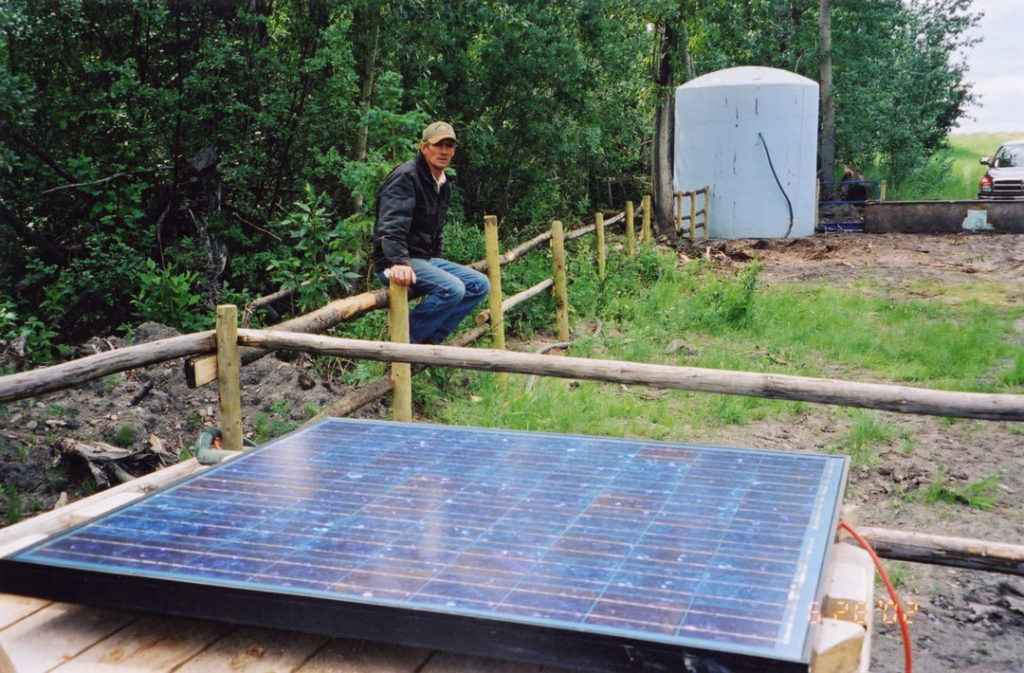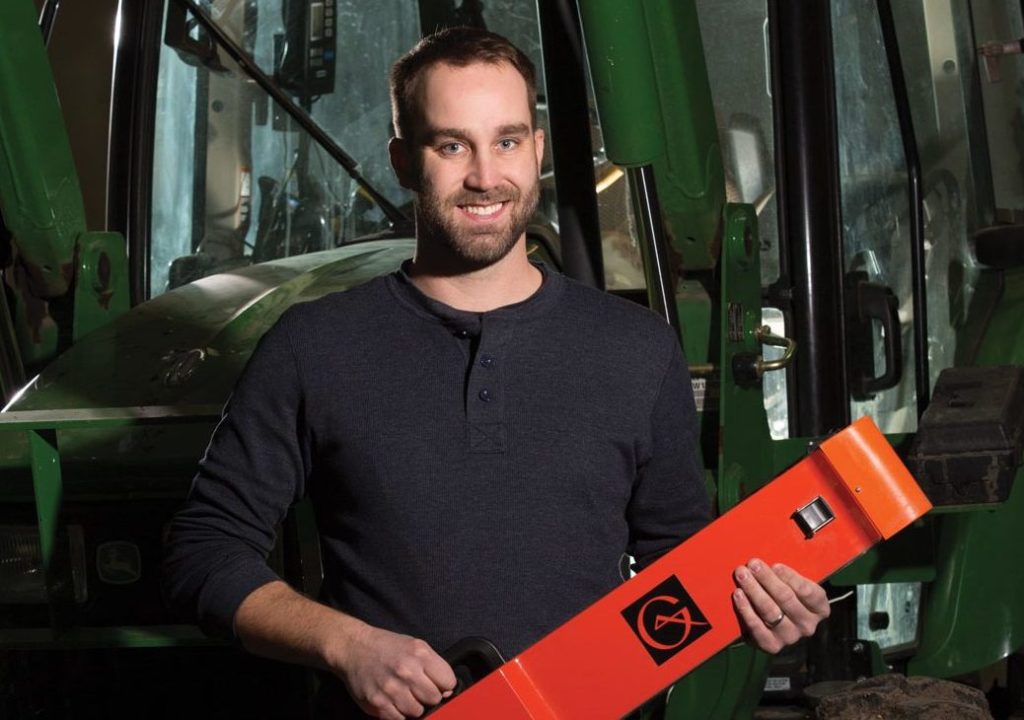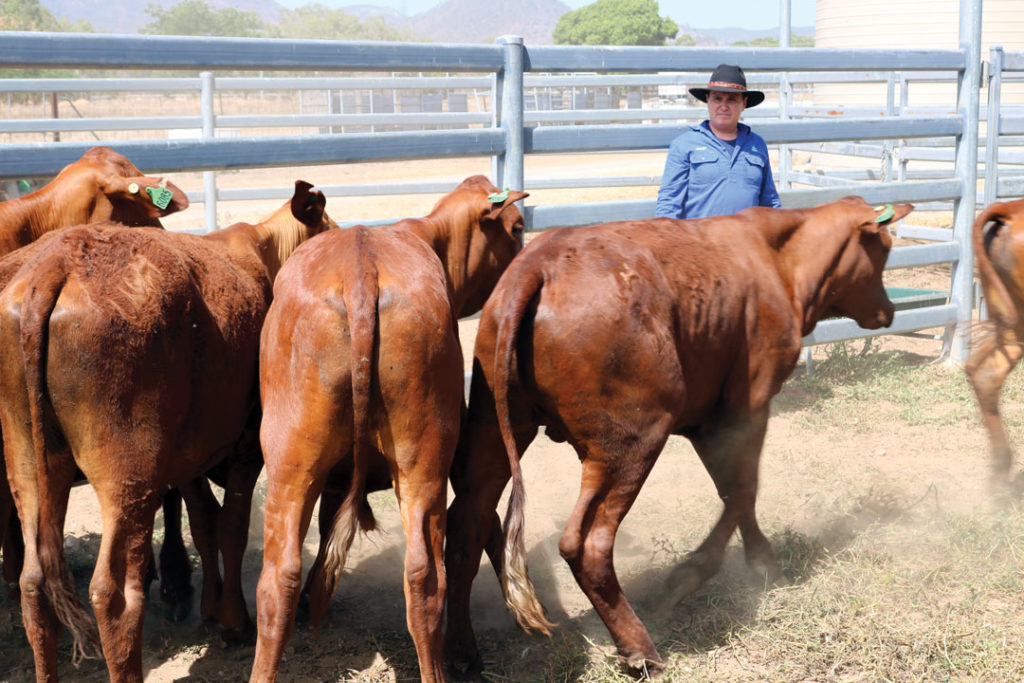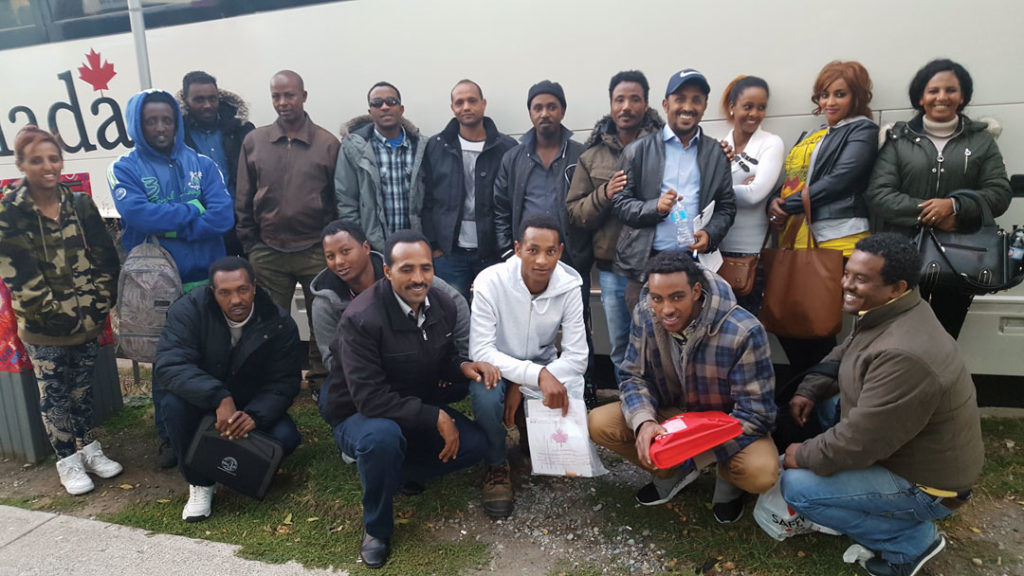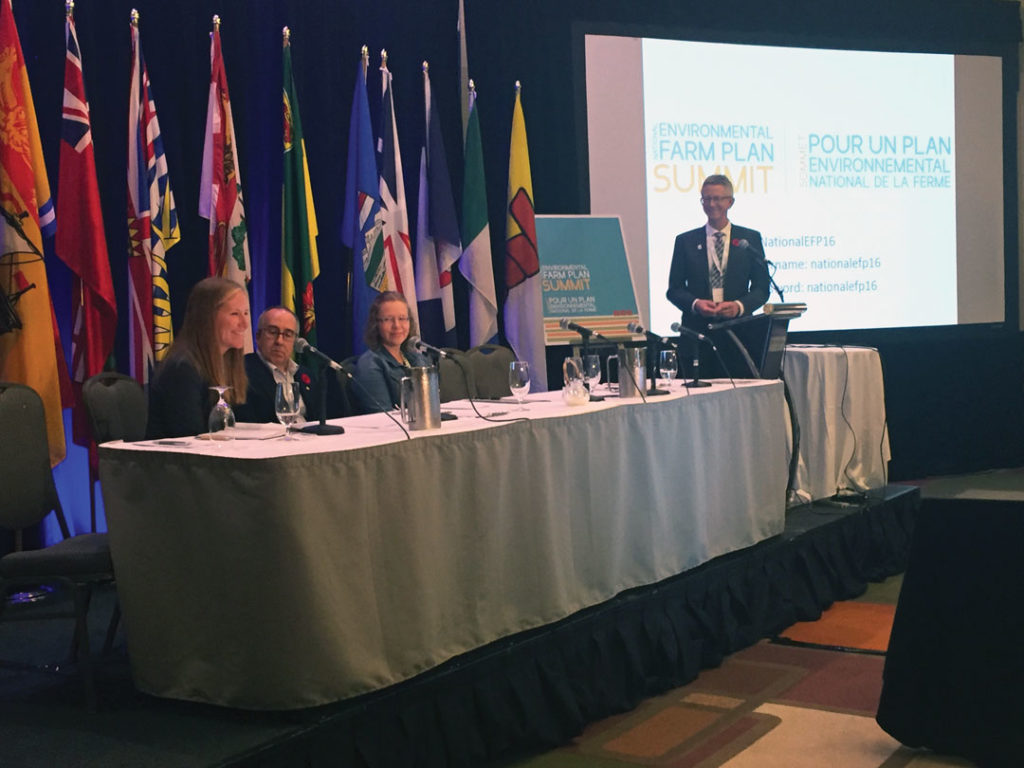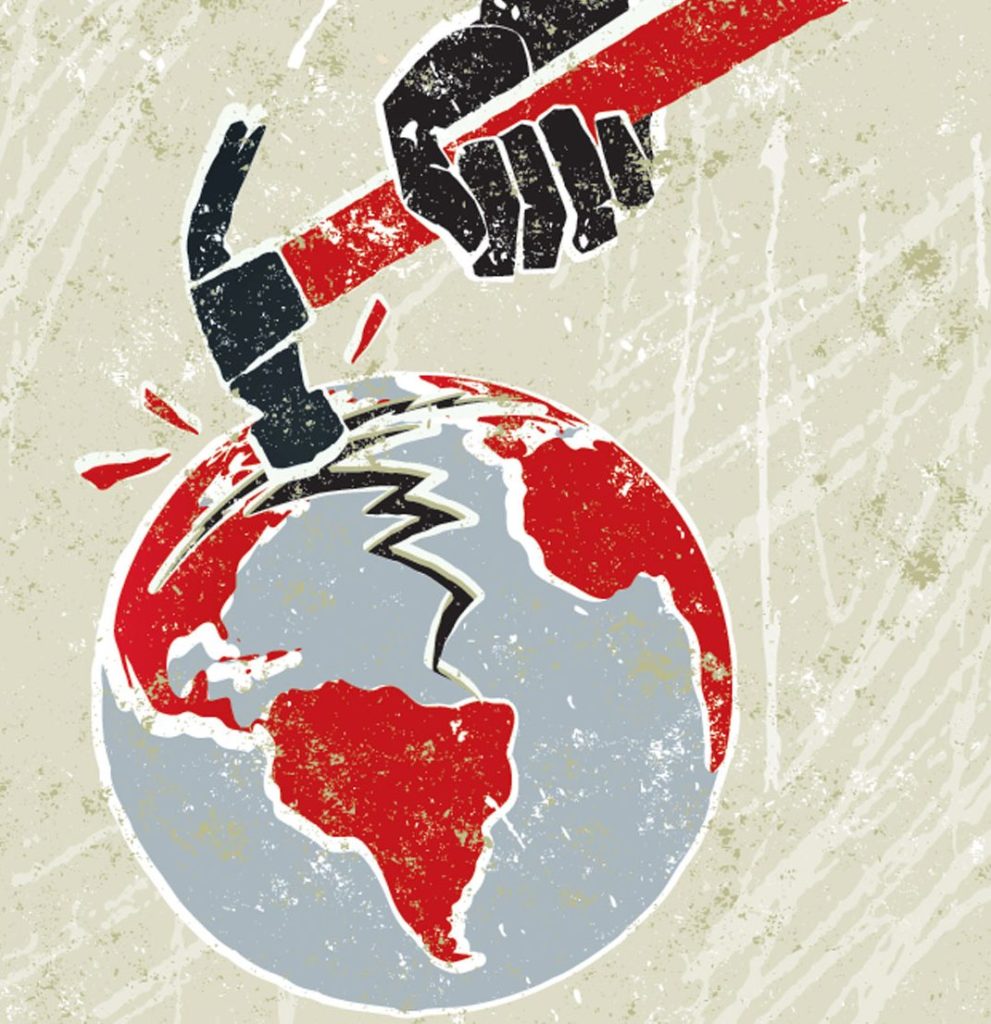AGAINST THE GRAIN
Today’s solar panels may not look a whole lot different than this one— located in a pasture on the Usher Ranch in east-central Alberta—did 20 years ago. However, the technology for pumping water with solar energy has improved, becoming more efficient and more cost effective.





